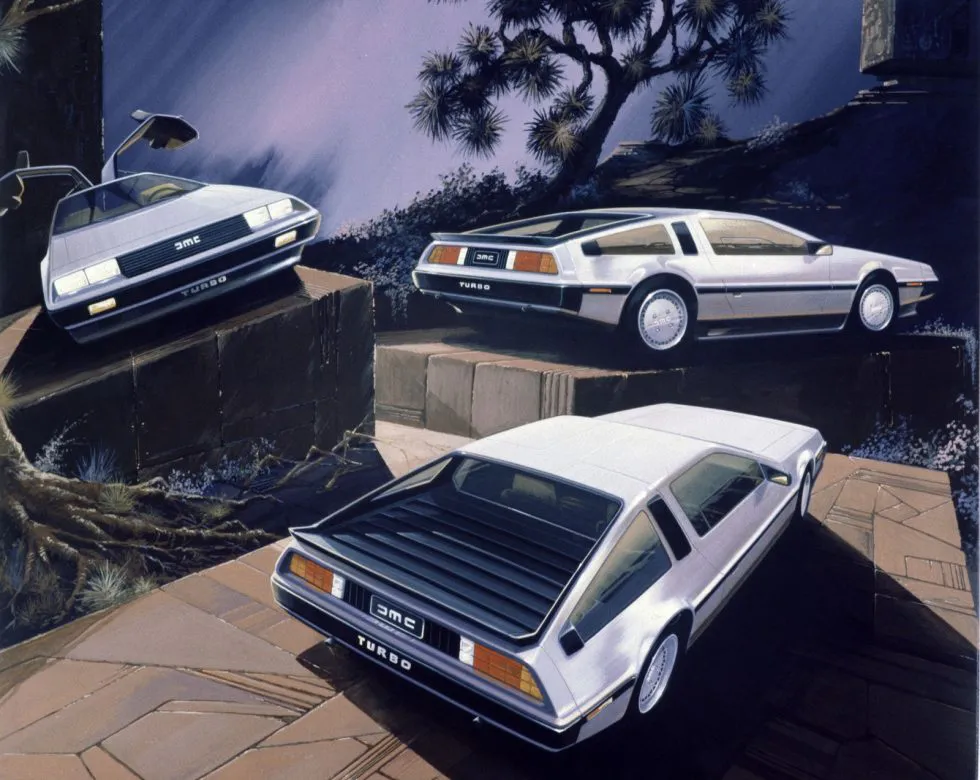
The origin
John DeLorean was a well-known engineer at General Motors for his significant role in the development of the 1st Muscle Car, Pontiac GTO and some other iconic cars. He Left GM in 1973 to establish his own DeLorean Motor Company (DMC) and later in the mid-1970s started working on a prototype, which was introduced in Oct 1975. It was called DeLorean Safety Vehicle (DSV), a 2-seater mid-engine developed by the former chief engineer of Pontiac, William T. Collins. The astonishing body was designed by, you could tell by its Gullwing doors, Giorgetto Giugiaro at Italdesign.
The car was intended to feature so many innovative & advanced technologies, such as Elastic Reservoir Molding (ERM) for building a light chassis, but all faced so many vicissitudes during the development that the 2nd prototype, developed by Colin Chapman the founder of Lotus, was totally re-engineered and similar to the original concept just in the less modified exterior.
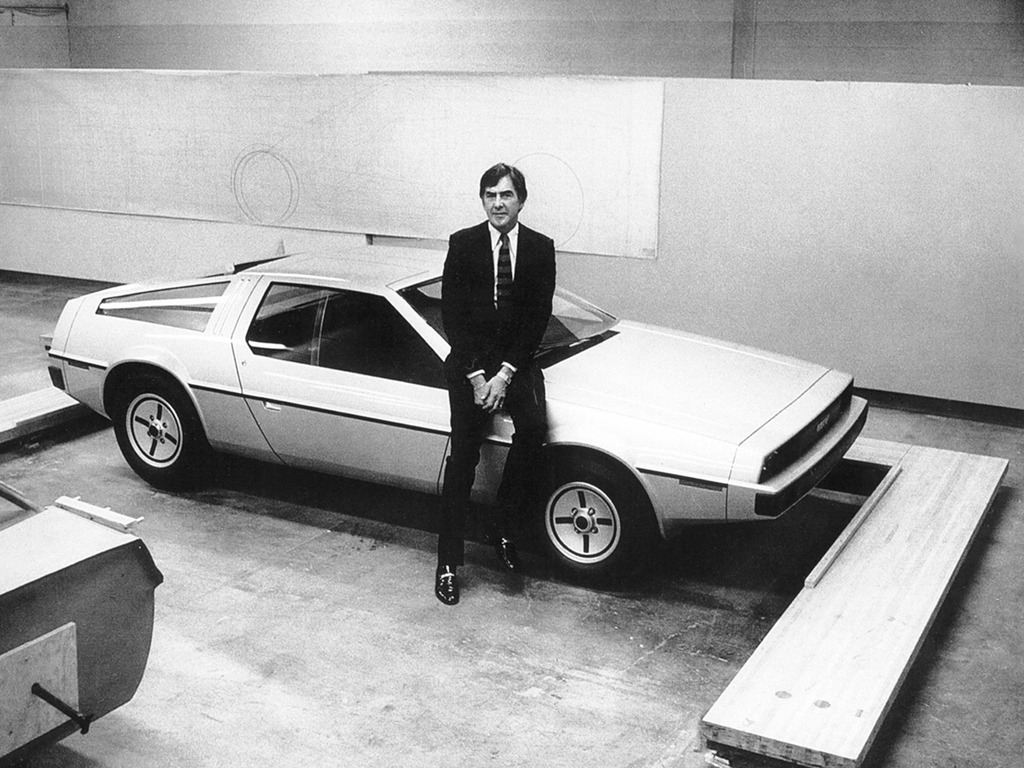
The engine planned to be used was a Comotor rotary at first, which was first replaced with a Ford Cologne V6, then with a Citroën 829A and finally a PSA-Renault-Volvo PRV-V6 that in order to fit it, the layout had to be changed to rear-engine. It was officially called DMC-12, due to the $12K target price it was claimed to be sold at, which never happened and eventually the first car left the assembly line at DMC Northern Ireland site with a price tag starting at $25K, in Jan 1981.
DeLorean, with that attractive body built by stainless steel panels sans paint and formed with those sharp lines, seemed to be a ready-to-fly supercar with an outstanding performance, but was it?
Demands for the car declined with just 3000 cars sold out of 7500 built by the end of 1981 and never met the number John DeLorean expected. In early 1982, the company was put into receivership which wasn’t of much help, so DMC declared bankruptcy in Oct 1982 and closed later with totally 9000 cars delivered until early 1983.
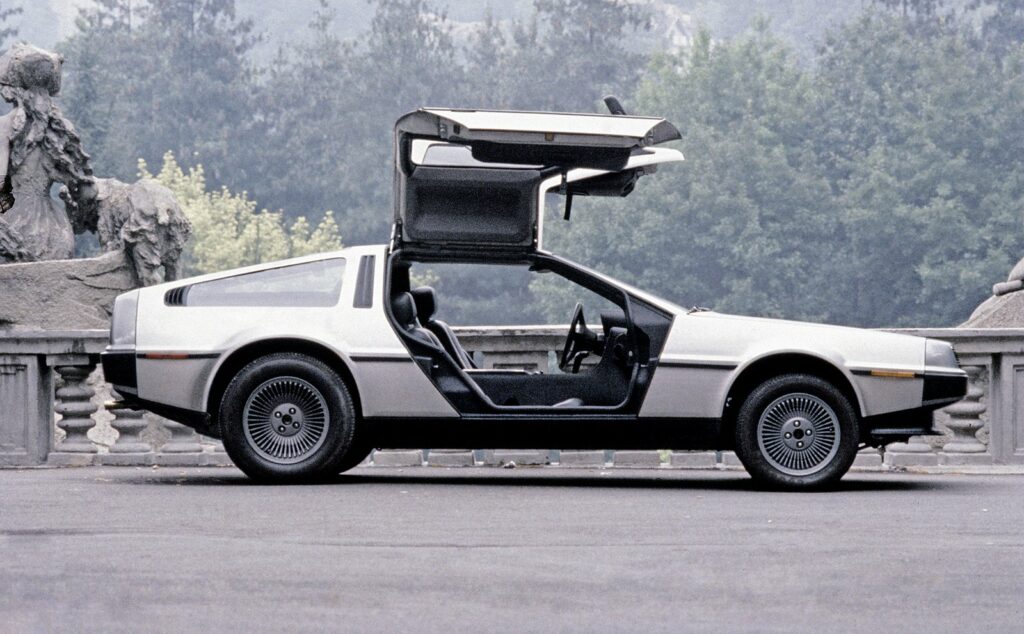
Appearing in 1985 “Back to the Future” movie, re-wrote its sad story and DeLorean gained a global popularity still existing, so that everyone knows it as the Time Machine.
Technical specifications
The 2nd prototype, which was the production version, was built on a steel Backbone chassis, a technology used by Chapman on Lotus at the time and used disk brakes on all 4 wheels. The suspension was all-independent, Double-Wishbone in the front and Multi-Link with Trailing Arm in the rear, both using Coil Springs. The PRV engine was a V-6 2Valves/Cyl SOHC mounted longitudinally in the rear, fed by Bosch K-Jetronic fuel injectors and producing 130bhp of power @ 5500rpm & 207 N.M of torque @ 2750rpm which was disappointing for a sport car weighing around 1245kg.
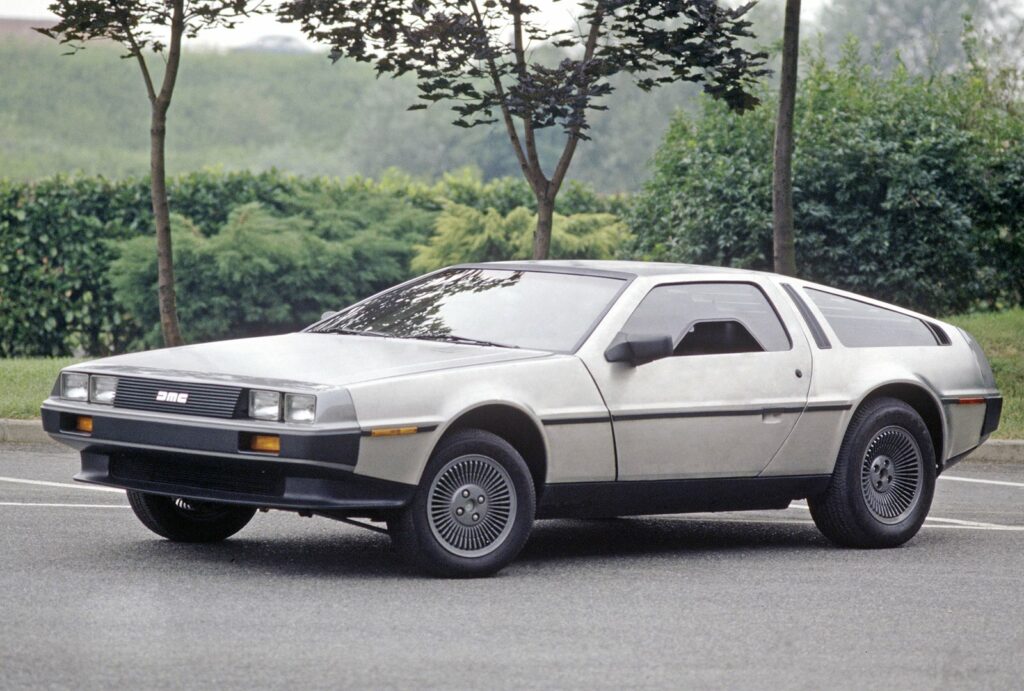
The power delivered to the rear wheels through a 5-speed manual or optional 3-speed automatic gearbox, managed to propel the car from 0 to 100km/h in 9.6s (around 11s with the automatic transmission) and to a top speed of less than 210km/h.
Follow: Encycaropedia

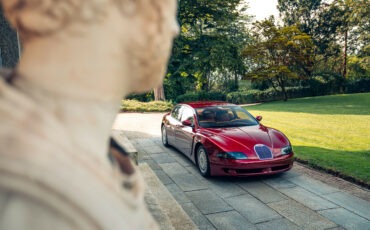
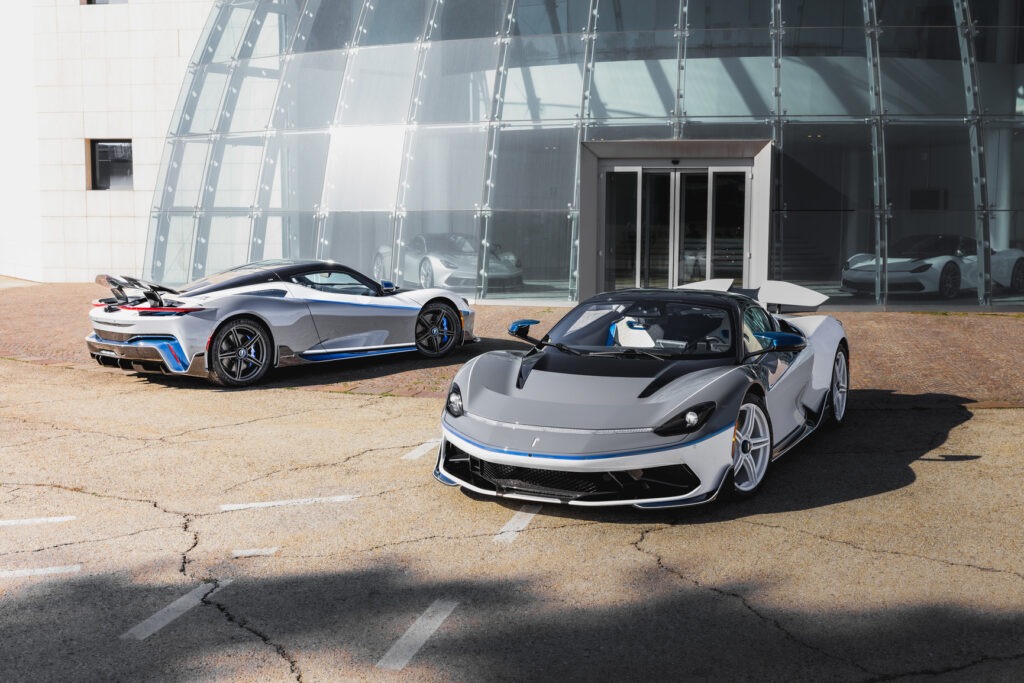
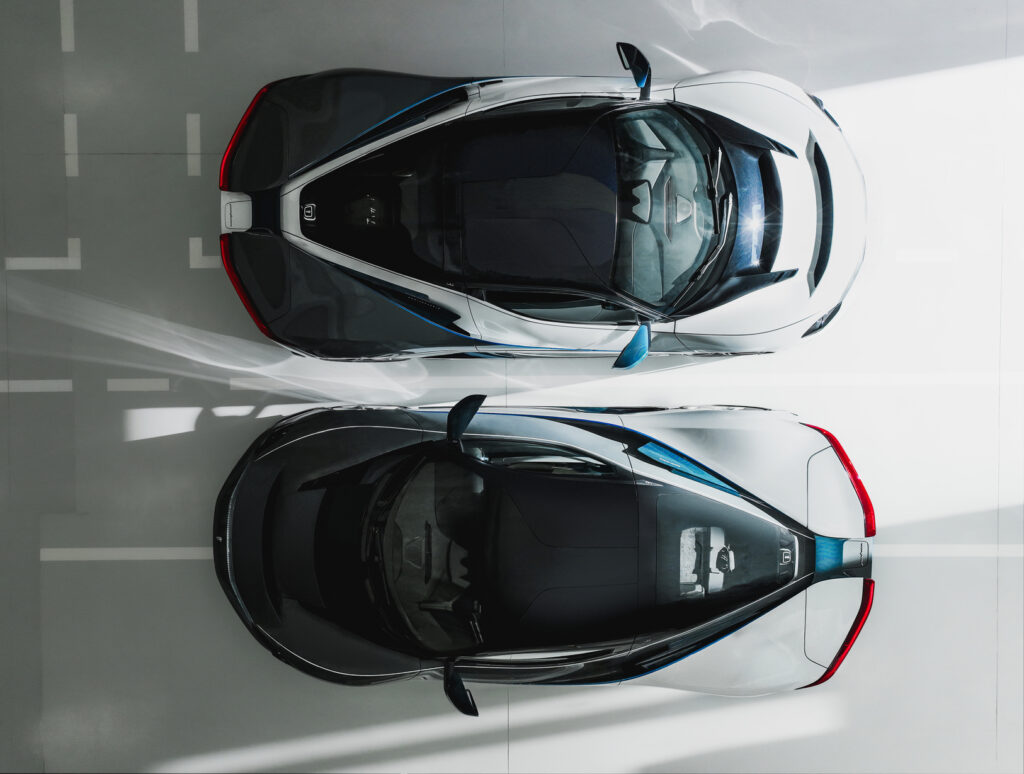
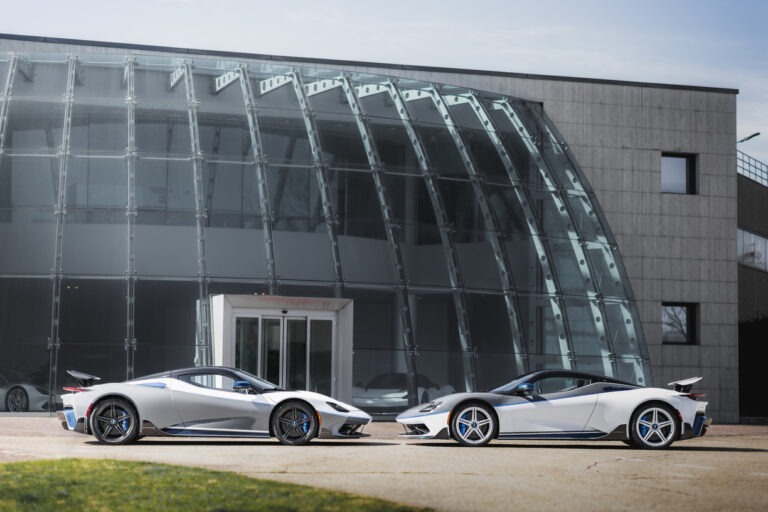
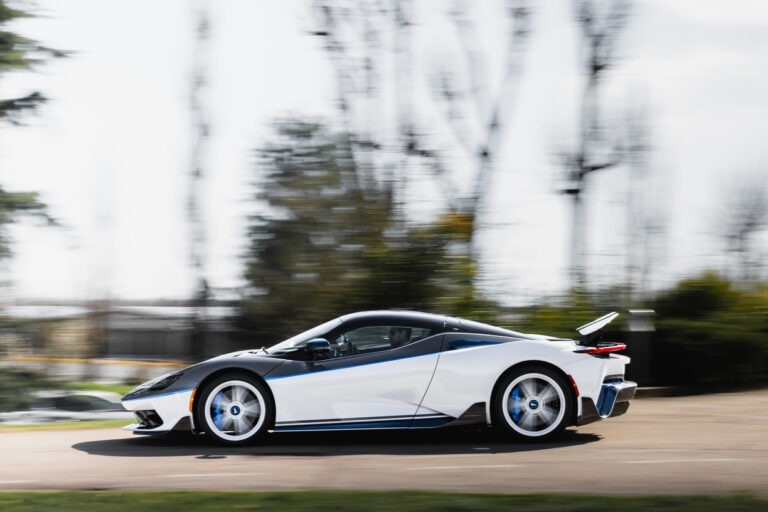
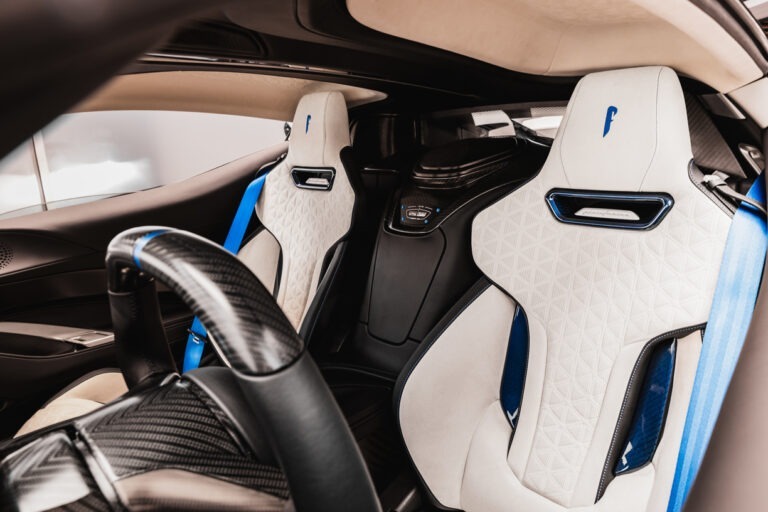
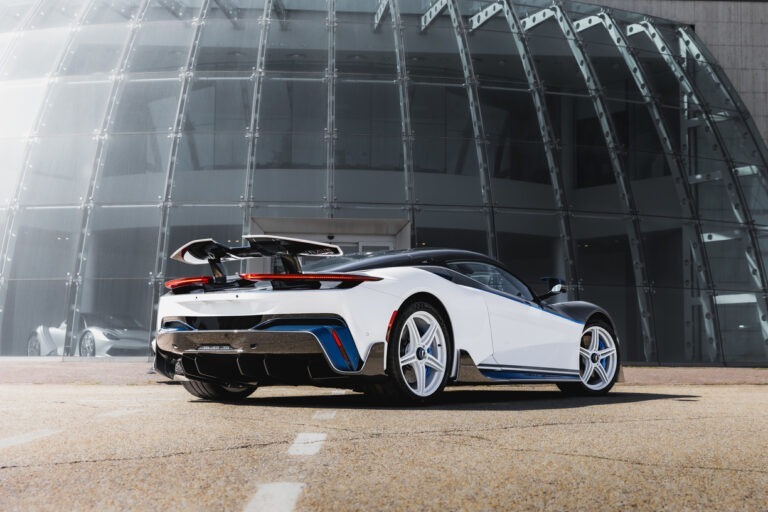
There is a lot of Lotus Esprit in the DeLorean’s design. Simply Giugiaro
Cool design but the car was trash